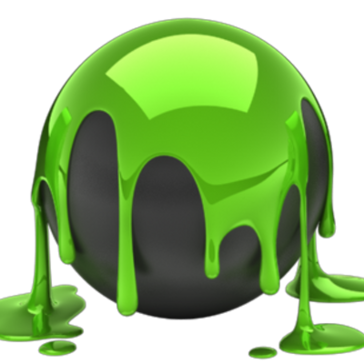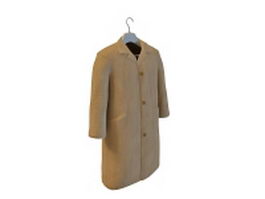

But once you retopo or autotopo, it becomes cumbersome to make sculpt-like wholesale changes to the mesh because you're using the modeling or retopo room tools.further, there is only a one way linkage between the high poly sculpt and the optimized retopo mesh and it works from Sculpt -> Retopo mesh. In 3D Coat the blocking out stage in voxels and surface sculpts is very good. I know 3D Coat has it's own way of handling this with cached geometry and decimation, which is fine.but that doesn't change the fact that voxel and surface sculpts are still more geared towards blockouts/preliminary sculpts as opposed to finalized sculpts and meshes as I'll outline below. So the Dynamesh/Scuptris is for the blockout.then once you have your finalized quad mesh, you can step up or down on the quad mesh to add more details and at that point, the linkage between the low poly mesh and the high poly mesh works both ways, where changes to the high poly mesh affect the low poly one, and vice versa. I like 3DCoat's way of handling things, better, but I am open to be persuaded otherwise, if someone is willing to show Shpagin I think the biggest difference is that in Zbrush or Blender, is that once you have a finished sculpt, whether you used Dynamesh or Scuptris or something, you can still keep sculpting afterwards.
3D COAT PRO
I would be curious to see a workflow in ZBrush that allows users to keep their SubD levels intact and keep their original mesh with UV's still intact, after using tools like Dynamesh, Sculptris Pro and ZRemesher. I just think Andrew has already tried to address the needs discussed here, but using a different approach.

It is not my intention to step on any toes. That is pretty freaking amazing.but nobody ever mentions these things.Īnton, could you perhaps record an example of the SubD workflow you want to see implemented in 3DCoat, using ZBrush.including regular usage of Dynamesh, Sculptris Pro, Sculpt Layers, Morphs and ZRemesher in the process, while keeping your original low poly SubD, UV'ed mesh intact after all the subsequent edits? I can thereafter, record a video showing how I would try to currently handle this workflow in 3DCoat, and maybe offer Andrew some ideas in the process? Sound reasonable? Yes, I understand that stepping down to a lower res proxy (especially Decimation) in 3DCoat can take longer than stepping down to a lower SubD level in ZBrush, but in my opinion that is a very small price to pay in return for the other unique benefits it brings to the table, especially when you consider 3DCoat will add changes made to a proxy to a new Sculpt Layer. The frequent breaking of ZB Sculpt Layers and SubD levels never gets mentioned. In these kinds of conversations, perceived weaknesses of 3DCoat's SubD/Multi-Res implementation are often mentioned without acknowledging the benefits it actually offers.benefits that nobody else does (offer). I find 3DCoat's approach to be a LOT less hassle and it seems much more efficient than ZBrush's.Ģ) SubD levels/Sculpt Layers/Morphs in ZBrush ALWAYS get nixed when artists use Dynamesh and/or Sculptris Pro. 3DCoat doesn't make users jump through so many hoops and it doesn't break Sculpt Layers when dynamic subdivision is applied to a model, or booleans. Yes, it is implemented in a much different way than ZBrush and Mudbox, but it actually works and quite well in my opinion. I understand this rationale, but I have a few points to submit for consideration.ġ) The ability to import a base low poly mesh, with UV's left intact, already exists in 3DCoat. 3DCoat just separates this into a separate workspace (Retopo).

It's the way every normal production sculpting is done and it's always been strange that 3D Coat didn't have that ability. It allows for bottom-top approach like bringng a low-poly quad model with UV and sculpting on subdivided model keeping the UVs present and keeping original mesh intact.
3D COAT SOFTWARE
Subdvisional sculpting / muti-res sculpting has been a feature of every major 3D software out there.


 0 kommentar(er)
0 kommentar(er)
